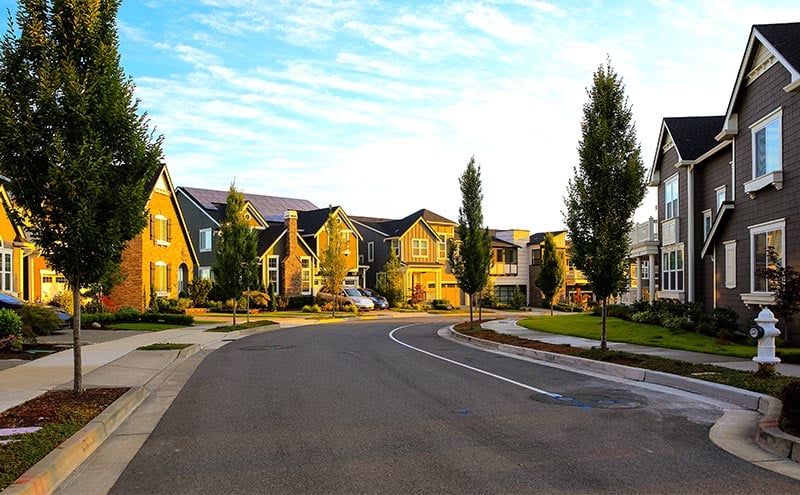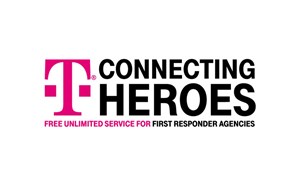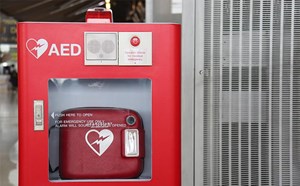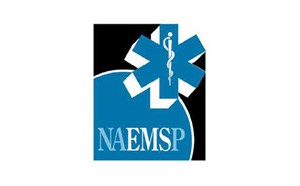
Safe Communities
Somebody should do something! I whined to my colleague during a brief slow moment in the emergency department. I was venting as many of us do about horrific experiences we encounter in emergency medicine, particularly when the tragedy is something that could have been prevented.
What set me off was I was still dealing with the 5th teenage driving fatality that I had been involved in over the past few months. All from the same town and high school.
My colleague replied, You are someone!
Since then, I have learned to be more careful what I whine about, although I have no regrets about what we were able to accomplish to mitigate and reduce further tragedies.
I reached out to the local police chief and the medical examiner with the question of what could we do? Chief Garone suggested we meet and talk about it. We set a date after new years as my family and I had a long-planned holiday vacation.
While I was away, on New Year's Eve, there was another fatal teen car crash. When I returned to my office after New Year’s, I had a full voice mailbox of people wanting to attend Dr. Sabato’s meeting on the teen car crash fatalities. I was amazed about the amount of interest from the community to attack this problem.
The meeting grew into an award-winning Safe Communities program involving community, police, schools, hospital, driving instructors, teenagers, parents and many legislators and highway safety agencies. The group was able to influence improvements in teenage driver safety and change laws in New Hampshire, not an easy task. The effort succeeded in reducing crashes and fatalities and has grown to include mental health and substance abuse as well as many other issues for the community to this day.
This provided me with a career long understanding that emergency medicine and especially EMS physicians sit at the intersection of healthcare public health and public safety, often recognizing community threats and opportunities long before the individual events create enough data to be identified by public health and public safety as crises. Examples abound such as the narcotic overdose crisis that impacted EMS and emergency departments long before becoming public knowledge.
Safe Communities is an underused tool/opportunity for EMS Physicians to impact their communities reducing injuries and improving health by building community collaboration. The World Health Organization Manifesto for Safe Communities states that “All human beings have an equal right to health and safety.” The Safe Communities Approach is to use collaboration, partnership and community capacity-building to reduce the incidence of injury and promote injury-reducing behaviors. (ii) As EMS is often the connection between serious injury and the emergency care, we have a unique role in identifying injury and other related medical threats long before they reach anyone else’s attention. Given that injuries at home, in the workplace and on the roads are the leading cause of death among Americans ages 1-44 they are a key opportunity to make our communities safer and healthier.
American Safe Communities efforts were until recently fostered by the National Safety Council and recently have become an independent effort. Examples have also demonstrated the ability to reduce crime through community police collaboration as well as helping with overdoses and substance abuse among many community threats. The Safe communities’ model of bringing diverse groups together within the community is a tool that should provide opportunity for EMS and emergency physicians to play a role moving their communities forward working with police, schools and traffic safety among other partners. Whining can become an opportunity.
For more information, see Safe Communities America:
- Community Alliance for Teen Safety - Learn More
- The Who Safe Communities model for the prevention of injury in whole populations. The Cochrane Report - Learn More
- CDC Injury Data - Learn More
- CDC Emergency Department Injuries - Learn More
Joseph Sabato, Jr, MD, FACEP
EMS-Prehospital Care Section Member and Newsletter Editor



